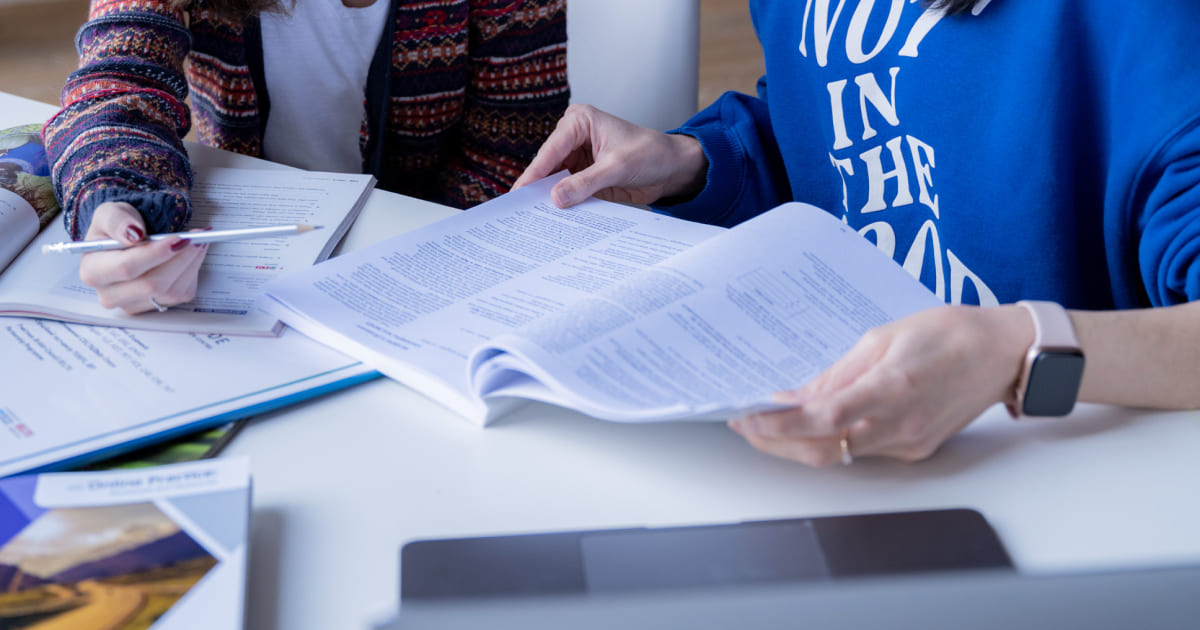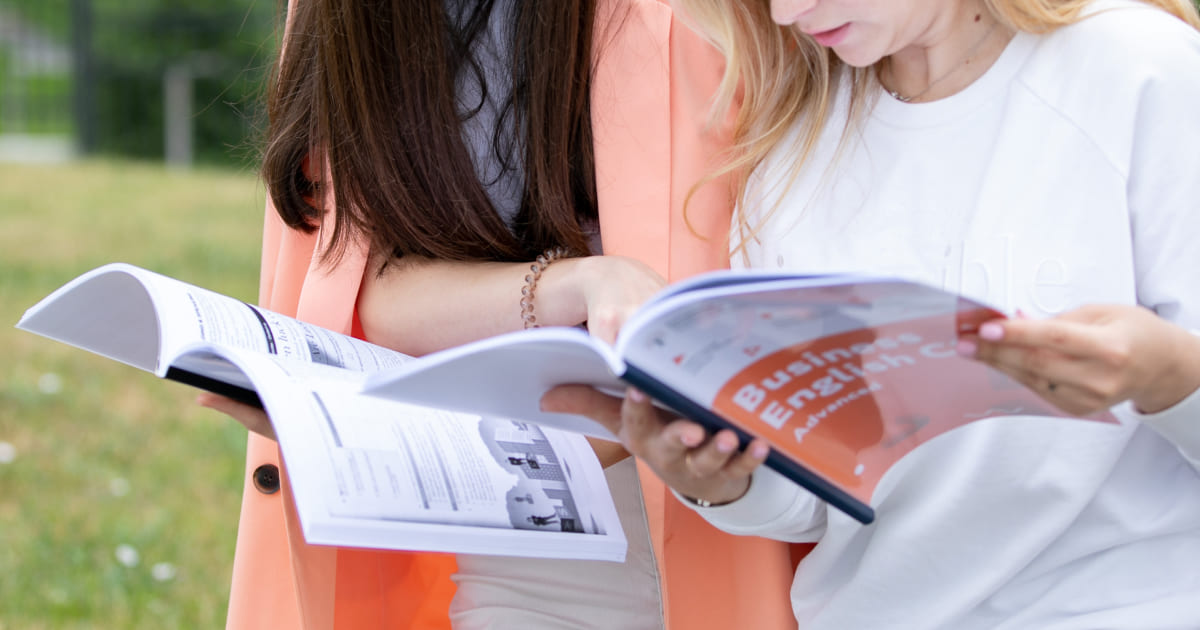What is TESOL and Does It Matter in Your Teaching Career
- Cambridge English
- Teaching qualifications
- Tips & Strategies
- Methodology

23.01.2023
By describing a tense, providing examples in sentences, and then handing out a worksheet for your students to practice on, you may create a lesson plan to teach verb tenses, for example. Old and dependable, but tedious! Simply put, ESL instruction needs to go beyond the bare minimum to be relevant in the twenty-first century.
To maintain balance in the classroom, use guided discovery with ESL students. After all, you want to teach language, and you understand that language is much more than memorizing syntax or a few vocabulary words.
The inductive and student-centered technique of guided discovery is used to introduce and clarify language. In this article, we'll give definitions, advantages, the main elements of guided discovery, and examples of a lesson plan you may adapt and apply in your classroom.
With the use of guided discovery activities, teachers provide students the chance to interact with and evaluate language in order to help them comprehend the rules on their own. Students are guided to understand the use, meaning, form, and pronunciation of the target language through a task, questions, or awareness-raising activities.
Students can be asked to state the rules they have discovered or to use the language to put the rules into action in order to determine how well they understood the concepts they were working with. It's critical to keep in mind that learners should be exposed to multiple samples of the target language in order to compare and contrast different language items. The language provided must also be contextualized.

Assessing students’ writing
Read moreFundamentally, the purpose of all language teaching is to improve communication and eventually prepare the learner to use the language on their own. The idea of “communicative competency” is related to this. This idea is pertinent to ESL in general, but guided discovery is a particularly effective way to apply it. It means that students should be able to communicate in real-world settings by both knowing the language and being able to utilize it.
Making learning more memorable
Some scholars contend that letting students figure out the rules on their own rather than telling them can help them internalize and maintain them in their long-term memory. When deciding which method to employ to present and explain the language to your students, it's crucial to take into account their preferred methods of learning. To accommodate diverse learning needs, it might be a good idea to change the technique used.
Making learning more student-centred
During guided discovery, students should be able to identify rules and patterns on their own or in groups. For instance, the teacher can assign a task for students to complete independently to assess their understanding of meaning rather than asking CCQs. The teacher's job is to keep an eye on the class and offer assistance if necessary. Teachers may find it easier to manage their talking time by employing strategies like guided discovery.
Increasing learner autonomy
Activities for guided discovery give students practice recognizing and analyzing linguistic patterns. This could improve their capacity to carry out similar tasks outside of the classroom, fostering more independent and autonomous learning.

The benefit of the guided discovery method is that it teaches your students language in a way that makes it easy for them to remember it and grasp how it relates to other languages and the background knowledge they already possess. When that happens, students can communicate on their own and in new and unusual contexts!
To make this idea effective, you must develop resources and an environment that situate the target language in a context that is important and engaging enough for the students to care about.
Once the students’ interest has been sparked, they are given the job that can only be completed by actively using the language. For this purpose, puzzles, codes, and stories can all be used.
A guided discovery lesson plan should have the following four elements for our purposes:
Having a successful ESL classroom routine is a good place to start. You must make it clear that English-language communication and teamwork are expected. This takes some time to develop, but encouraging students to work with others all the time, even when they don't want to, will help foster the communication that is necessary for this strategy to succeed.

5 typical mistakes in planning a lesson
Read moreTo force them to think about the assignment, make sure you don't even hint with your face and keep your hand completely still. Deciding to work in small groups or pairs to get each student to contribute as much as they can is one technique to ensure collaboration.
You take on the position of "a monitor" while students are working on the task, remaining outside of it until your help is required (for example, if communication breaks down). Students will work toward the objective while relying on one another for practice and feedback if the activity has been set up properly.
Bring the class back together after the assignment is complete so you can grade their work. Now that the students have learned how to use the language, it is appropriate to be more of an explainer here as you look for typical mistakes and fix them.
Ask questions to encourage the students to learn more about the language being studied and then share their findings with the class.

Let’s look at a straightforward sequence for employing the guided discovery method, as an example.
Give your students a quick, fascinating news piece to read. Provide them with a graphic organizer (a visual representation that highlights connections between facts, concepts, or ideas) divided into the following four sections:
present | past | future | I don’t know
Students work together to group all of the verbs from the article into the appropriate categories on the graphic organizer after reading the article for comprehension. Consider prohibiting them from using grammar references for at least some of the task time to improve their cognitive processing.
Ask each group to write down three observations about the verbs in each category after they are finished. Share the lists. You can notice the difficulties students are facing while you are monitoring. After responding to all comments and questions, you can move on to giving direct instruction to help the students distinguish between the forms they discovered by explicitly teaching each one.
Many English courses include vocabulary lessons in their curriculum, so you could occasionally encounter a list of new words that students are supposed to learn and use during a single lesson. Instead of simply using memorizing lists, use guided discovery sequences to help your students remember new vocabulary!
Assume you have a list of keywords (holiday, Christmas, presents, feast, jingle bells). You want the students to discover the words on their own, rather than being told about them or simply drilling the vocabulary.
You can deconstruct the words into their constituent parts and display them on a whiteboard or in PowerPoint. Allow the students to form as many words as they can from the parts on the board in small groups.
The purpose of this first step is NOT for them to memorize all of the words. It is intended to make them think about the letters and words they may already be familiar with for 3-5 minutes.
You can help students by telling them how many words they should try to make.
Alternatively, you might make it more challenging by not specifying the number of words.

Display the same words in "scrambled" form (move the letters but retain the words themselves intact) using a PPT or by erasing the initial setup: eastf, htimssaCr, ertnpess, odlayhi, elgnji bslle.
Give the students more time to unscramble the words. They should have more words by this point because they are easier to decode than just letters. Tests frequently require this ability.
Devide your students into small groups and ask them to illustrate each word's meaning once you reveal the terms by writing them on the board or using a PPT. Give each group 3-5 minutes to complete this exercise.
Then, without much teacher interaction, put the drawings on display and let the students determine if they are accurate. They should review both their own and other groups' artwork.
Optional:
You might also include a phase where the students select the words that are nouns, verbs, or adjectives. For future use, this makes it easier to relate it to grammar.
The guided discovery lesson plan outlined above takes approximately 30–35 minutes.
Find out more about online tools for ELT
Now that you're not simply teaching grammar rules, you're also helping ESL students draw the dots between grammar ideas they already understand and build on those connections in a proactive, communicative way by using guided discovery. In the guided discovery paradigm, your job as a teacher is to try to stay out of the way as much as is reasonable and to set up the conditions for the students' success.
Check yourself completing this brief quiz about the guided discovery approach:
What is guided discovery in ESL?
What advantages does the guided discovery method provide to ESL students?
What are the four main elements of a guided discovery lesson plan?
Veronika Syrotkina
Author
CELTA certified teacher of General English
Comments
Leave your comment